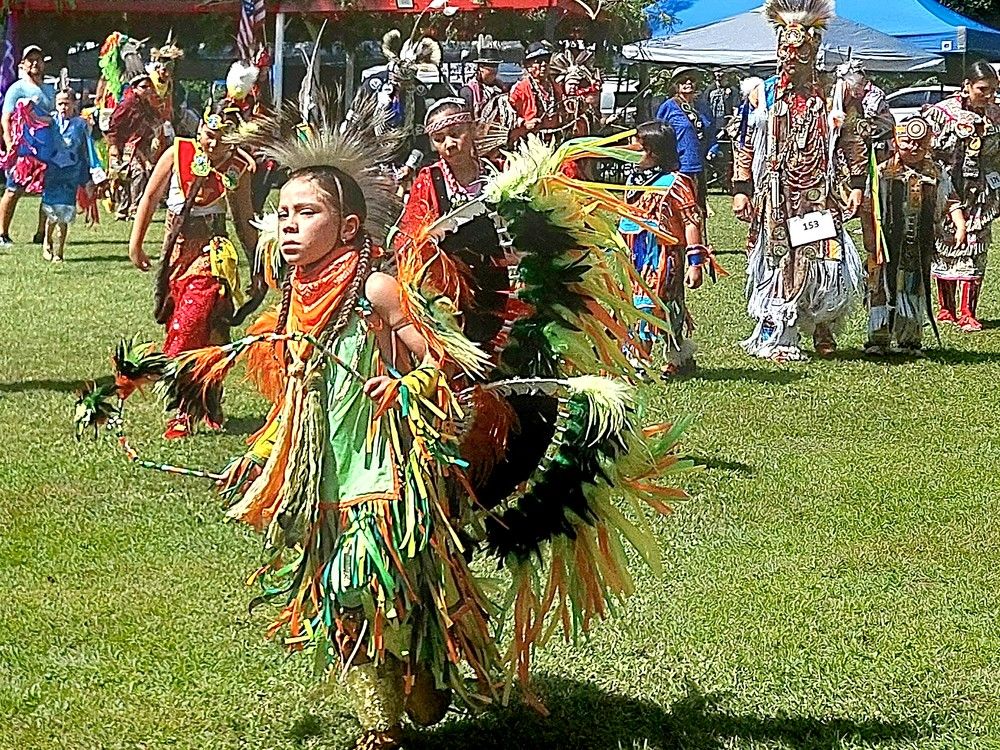CHESTER COUNTY — Authorities urged Chester County residents to remain vigilant as the search continued Saturday for convicted killer Danelo Cavalcante, who broke out of prison Thursday and was last spotted early Saturday morning.
At a 3 p.m. news conference, Chester County, state and federal authorities said they believed Cavalcante was still located within a mile or two of the prison where he escaped. Authorities said they were focusing their search efforts on a heavily wooded area near Route 52.
Authorities said more than 270 homes were located in the vicinity of the search area.
“We are requesting that residents in the area remain inside,” Chester County District Attorney Deborah Ryan said Saturday. “Lock your doors, lock your cars. There is evidence to suggest he’s still in the area.”
A home surveillance camera caught a glimpse of 34-year-old Cavalcante shortly before 1:45 a.m. Saturday morning in the 1800 block of Lenape Road, approximately 1.5 miles from the Chester County Prison, officials said.
He was wearing pants, a light-colored t-shirt, and white sneakers. His appearance has remained unchanged since his escape Thursday morning, officials said Saturday.
Cavalcante has long, black curly hair and is wearing a backpack. Authorities on Saturday said they did not know where he obtained the backpack.
Cavalcante was convicted on Aug. 16 of first-degree murder in the April 18, 2021 stabbing of Deborah Brandao in front of her children, ages 4 and 7, outside her home in the 300 block of Pawlings Road, Schuylkill Township.
He was sentenced on Aug. 22 in the Chester County Justice Center to life in prison after a jury deliberated for 15 minutes. On Thursday, he was awaiting transfer to state prison to serve out his sentence when he escaped.
During Saturday’s news conference, authorities said they had responded to more…






 Danelo Cavalcante in the clothes he wore during his escape.Chester County District Attorney
Danelo Cavalcante in the clothes he wore during his escape.Chester County District Attorney





 Jasper Jamieson, 9, of London, who comes from Beausoleil First Nation in the southern tip of Georgian Bay on Christian, Beckwith and Hope Islands, was showing his dancing skills during the 51st Delaware Nation Competition Pow Wow in Moraviantown on Saturday. (Ellwood Shreve/Chatham Daily News)
Jasper Jamieson, 9, of London, who comes from Beausoleil First Nation in the southern tip of Georgian Bay on Christian, Beckwith and Hope Islands, was showing his dancing skills during the 51st Delaware Nation Competition Pow Wow in Moraviantown on Saturday. (Ellwood Shreve/Chatham Daily News)  Miranda Cryle-Huff, the head female dancer at the 51st annual Delaware Nation Competition Powwow in Moraviantown, takes part in an intertribal dance at the event Saturday. (Ellwood Shreve/Chatham Daily News) jpg, CD, apsmc
Miranda Cryle-Huff, the head female dancer at the 51st annual Delaware Nation Competition Powwow in Moraviantown, takes part in an intertribal dance at the event Saturday. (Ellwood Shreve/Chatham Daily News) jpg, CD, apsmc 

